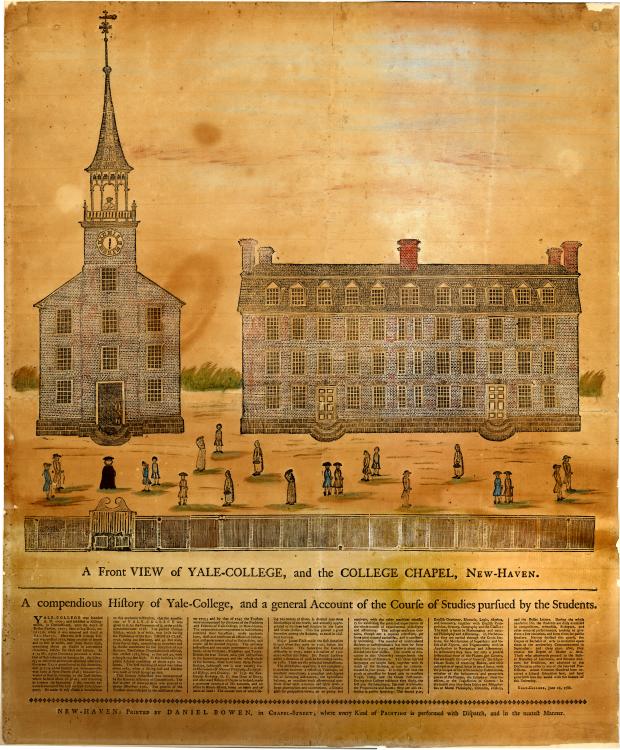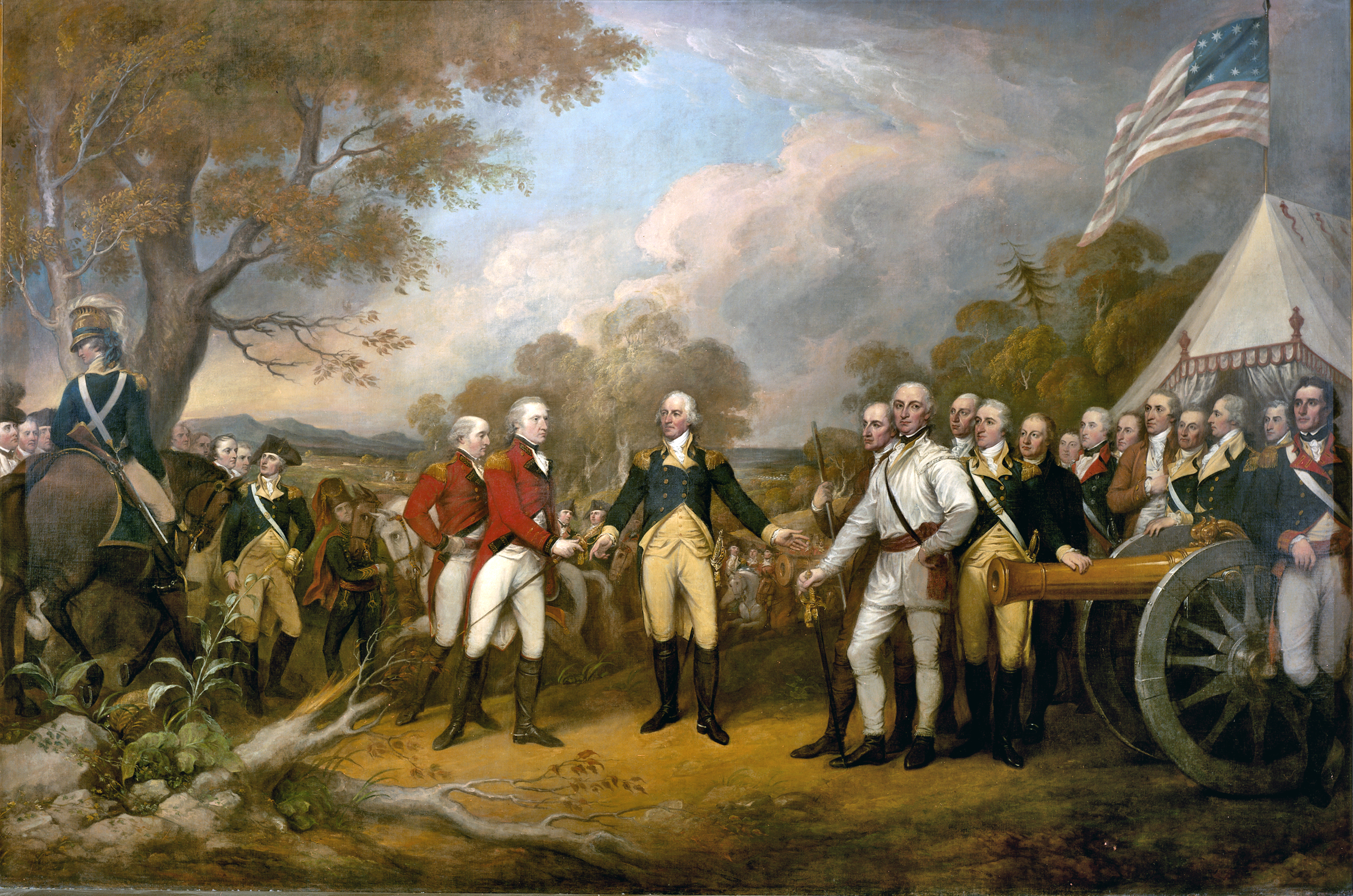|
Gabriel Marklin
Gabriel Marklin (July 1, 1777 – August 29, 1857) was a Swedish naturalist and collector. Born in a poor farming family he entered Uppsala University and was made a member of the Swedish Academy of Sciences to which he bequeathed his large natural history specimen. He also made a catalogue of academic dissertations (disputations) and collected academic dissertations which he sold to make a living. Life and work Marklin was born in the large farming family of Hans Jonsson and Sara Eriksdotter in Ersmarks village in Västerbotten, Skellefteå parish. He worked as a farmhand and went to school in Piteå and Härnösand Municipality, Härnösands working on the side to support himself. In 1803 he entered Uppsala University. He trained in entomology under Leonard Gyllenhaal, Gyllenhall at Höberg, earning money as a tutor. In 1818 he translated Johann Karl Wilhelm Illiger, Illiger's work on systematic terminology for plants and animals. In 1824 he became an amanuens under Carl Peter ... [...More Info...] [...Related Items...] OR: [Wikipedia] [Google] [Baidu] |
Uppsala University
Uppsala University (UU) () is a public university, public research university in Uppsala, Sweden. Founded in 1477, it is the List of universities in Sweden, oldest university in Sweden and the Nordic countries still in operation. Initially founded in the 15th century, the university rose to significance during the rise of Swedish Empire, Sweden as a great power at the end of the 16th century and was then given relative financial stability with a large donation from Monarchy of Sweden, King Gustavus Adolphus of Sweden, Gustavus Adolphus in the early 17th century. Uppsala also has an important historical place in Swedish national culture, and national identity, identity for the Swedish establishment: in historiography, religion, literature, politics, and music. Many aspects of Swedish academic culture in general, such as the white student cap, originated in Uppsala. It shares some peculiarities, such as the student nation system, with Lund University and the University of Helsink ... [...More Info...] [...Related Items...] OR: [Wikipedia] [Google] [Baidu] |
Västerbotten
Västerbotten (), sometimes called West Bothnia or Westrobothnia, is a province (''landskap'') in northern Sweden, located by the Gulf of Bothnia. It borders the provinces of Ångermanland, Lapland and Norrbotten. The region is famous for Västerbotten cheese. Administration The traditional provinces of Sweden have no administrative or political functions; instead, they are purely historical and cultural entities. The administrative units are the counties. Västerbotten County encompasses the province of Västerbotten as well as the southern part of Swedish Lapland. Heraldry On 18 January 1884, all Swedish provinces were granted the status of duchies, allowing their coats of arms to be displayed with a ducal coronet. The coat of arms for Västerbotten is described as: "Azure Seme of Mullets Or a Reindeer in full course and hoofed Gules." Geography Västerbotten was historically divided into chartered cities and districts. Cities *Umeå (1622) *Skellefteå (1845) Muni ... [...More Info...] [...Related Items...] OR: [Wikipedia] [Google] [Baidu] |
Piteå
Piteå (; ) is a locality and the seat of Piteå Municipality in Norrbotten County, Sweden. Piteå is Sweden's 58th largest city, with a population of 23,326. Geography Piteå is located at the mouth of the Pite River (), at the shore of the Bay of Bothnia. The central part is located on an islet called Häggholmen, which due to post-glacial rebound almost has become a part of the mainland; the land in northern Sweden rises at a rate of up to per year. Piteå's coastal location, with numerous islands and inlets, is one of the reasons it is a popular place for tourism both in summer and winter. It features a beach resort area called Pite Havsbad, around which there is a spa, a long sandy beach, a restaurant and a golf course. The area is also suitable for fishing and outdoor activities. In the winter, snow activities such as skiing and winter bathing are common. The water temperatures reportedly being Sweden's warmest during three consecutive summers in the 1950s, the b ... [...More Info...] [...Related Items...] OR: [Wikipedia] [Google] [Baidu] |
Härnösand Municipality
Härnösand Municipality () is a Municipalities of Sweden, municipality in Västernorrland County, northern Sweden. Its seat is located in Härnösand (pop. 18,000). The present municipality was formed in 1969 through the Amalgamation (politics), amalgamation of the ''City of Härnösand'' with ''Säbrå'' (itself created in 1952 when five former entities were merged) and ''Högsjö''. Its coat of arms depict a beaver with a pike (fish), pike in its mouth. Villages * Härnösand (seat) * Ramvik * Utansjö * Älandsbro * Ramsås * Säbrå Demographics This is a demographic table based on Härnösand Municipality's electoral districts in the 2022 Swedish general election sourced from Swedish Television, SVT's election platform, in turn taken from Statistiska Centralbyrån, SCB official statistics. Residents include everyone registered as living in the district, regardless of age or citizenship status. Valid voters indicate Swedish citizens above the age of 18 who therefore can vo ... [...More Info...] [...Related Items...] OR: [Wikipedia] [Google] [Baidu] |
Leonard Gyllenhaal
Leonard Gyllenhaal (3 December 1752 – 13 May 1840) was a Swedish nobleman, military officer and entomologist. Early life and ancestry Born on the Ribbingsberg manor in Västergötland in west Sweden, Leonard Gyllenhaal was son of Hans Reinhold Gyllenhaal (1724–1796), an army officer, by his wife, Anna Catharina Wahlfelt (1723–1799). By birth, he belonged to a Gyllenhaal family, which was part of the Swedish nobility. Biography He went to school ''Skara trivialskola'' in the cathedral town of Skara together with, among others, the future poet Johan Henrik Kellgren, and later renowned naturalists Anders Dahl and the brothers Adam and Johan Afzelius, with whom he went on natural excursions. Like some of his friends, he went to Uppsala to study under Linnaeus in 1769. He never matriculated and remained in Uppsala only one semester, before switching to a military career in accordance with the wishes and traditions of the family, enrolling in the '' Adelsfanan'' ( ... [...More Info...] [...Related Items...] OR: [Wikipedia] [Google] [Baidu] |
Johann Karl Wilhelm Illiger
Johann Karl Wilhelm Illiger (19 November 1775 – 10 May 1813) was a German entomologist and zoologist. He founded the entomological periodical ''Magazin für Insektenkunde.'' The plant genus '' Illigera'' is named in his honour. Biography Illiger was the son of a merchant in Braunschweig. He studied under the entomologist Johann Hellwig, and later worked on the zoological collections of Johann Centurius Hoffmannsegg. He was educated at the University of Helmstedt and at Gottingen. He was unable to pursue medical studies due to tuberculosis. Illiger was invited to Berlin by Alexander von Humboldt and he became professor and director of the "zoological museum" (which is the Natural History Museum of Berlin in the present day) from its formation in 1810 until his death three years later from tuberculosis. He was the author of ''Prodromus systematis mammalium et avium'' (1811), which was an overhaul of the Linnaean system. It was a major influence on the adoption of the concept ... [...More Info...] [...Related Items...] OR: [Wikipedia] [Google] [Baidu] |
Carl Peter Thunberg
Carl Peter Thunberg, also known as Karl Peter von Thunberg, Carl Pehr Thunberg, or Carl Per Thunberg (11 November 1743 – 8 August 1828), was a Sweden, Swedish Natural history, naturalist and an Apostles of Linnaeus, "apostle" of Carl Linnaeus. After studying under Linnaeus at Uppsala University, he spent seven years travelling in southern Italy and Asia, collecting and describing people and animals new to European science, and observing local cultures. He has been called "the father of South African botany", "pioneer of Occidental Medicine in Japan", and the "Japanese Carl Linnaeus, Linnaeus". Early life Thunberg was born and grew up in Jönköping, Sweden. At the age of 18, he entered Uppsala University where he was taught by Carl Linnaeus, regarded as the "father of modern Taxonomy (biology), taxonomy". Thunberg graduated in 1767 after 6 years of studying. To deepen his knowledge in botany, medicine and natural history, he was encouraged by Linnaeus in 1770 to travel to P ... [...More Info...] [...Related Items...] OR: [Wikipedia] [Google] [Baidu] |
Paul Riant
Paul Edouard Didier Riant (7 August 1836, Paris – 17 December 1888, Château La Vorpillière in Massongex) was a French historian and scientific editor specializing in the Crusades.Deutsche Biographie (1957).Riant, Paul Edouard Didier. In ''Neue Deutsche Biographie'' (NDB). 3. Berlin. He exercised a great activity of scientific editor of primary sources related to the Crusades and the Latin States of the East. He created and chaired the ''Société de l'Orient Latin'', as well as its official journal, the ''Revue de l'Orient latin'', which continued to publish new issues until 1911. As a historian, he made a significant contribution to the study of the Northern Crusades, particularly those in the Scandinavian region.Paul Riant '' [...More Info...] [...Related Items...] OR: [Wikipedia] [Google] [Baidu] |
Yale University
Yale University is a Private university, private Ivy League research university in New Haven, Connecticut, United States. Founded in 1701, Yale is the List of Colonial Colleges, third-oldest institution of higher education in the United States, and one of the nine colonial colleges chartered before the American Revolution. Yale was established as the Collegiate School in 1701 by Congregationalism in the United States, Congregationalist clergy of the Connecticut Colony. Originally restricted to instructing ministers in theology and sacred languages, the school's curriculum expanded, incorporating humanities and sciences by the time of the American Revolution. In the 19th century, the college expanded into graduate and professional instruction, awarding the first Doctor of Philosophy, PhD in the United States in 1861 and organizing as a university in 1887. Yale's faculty and student populations grew rapidly after 1890 due to the expansion of the physical campus and its scientif ... [...More Info...] [...Related Items...] OR: [Wikipedia] [Google] [Baidu] |
1777 Births
Events January–March * January 2 – American Revolutionary War – Battle of the Assunpink Creek: American general George Washington's army repulses a British attack by Lieutenant General Charles Cornwallis, in a second battle at Trenton, New Jersey. * January 3 – American Revolutionary War – Battle of Princeton: American general George Washington's army defeats British troops. * January 13 – Mission Santa Clara de Asís is founded in what becomes Santa Clara, California. * January 15 – Vermont declares its independence from New York, becoming the Vermont Republic, an independent country, a status it retains until it joins the United States as the 14th state in 1791. * January 21 – The Continental Congress approves a resolution "that an unauthentic copy, with names of the signers of the Declaration of independence, be sent to each of the United States. *February 5 – Under the 1st Constitution of Georgia, 8 counties ... [...More Info...] [...Related Items...] OR: [Wikipedia] [Google] [Baidu] |
1857 Deaths
Events January–March * January 1 – The biggest Estonian newspaper, '' Postimees'', is established by Johann Voldemar Jannsen. * January 7 – The partly French-owned London General Omnibus Company begins operating. * January 9 – The 7.9 Fort Tejon earthquake shakes Central and Southern California, with a maximum Mercalli intensity of IX (''Violent''). * January 24 – The University of Calcutta is established in Calcutta, as the first multidisciplinary modern university in South Asia. The University of Bombay is also established in Bombay, British India, this year. * February 3 – The National Deaf Mute College (later renamed Gallaudet University) is established in Washington, D.C., becoming the first school for the advanced education of the deaf. * February 5 – The Federal Constitution of the United Mexican States is promulgated. * March – The Austrian garrison leaves Bucharest. * March 3 ** France and the United Kingdom f ... [...More Info...] [...Related Items...] OR: [Wikipedia] [Google] [Baidu] |








